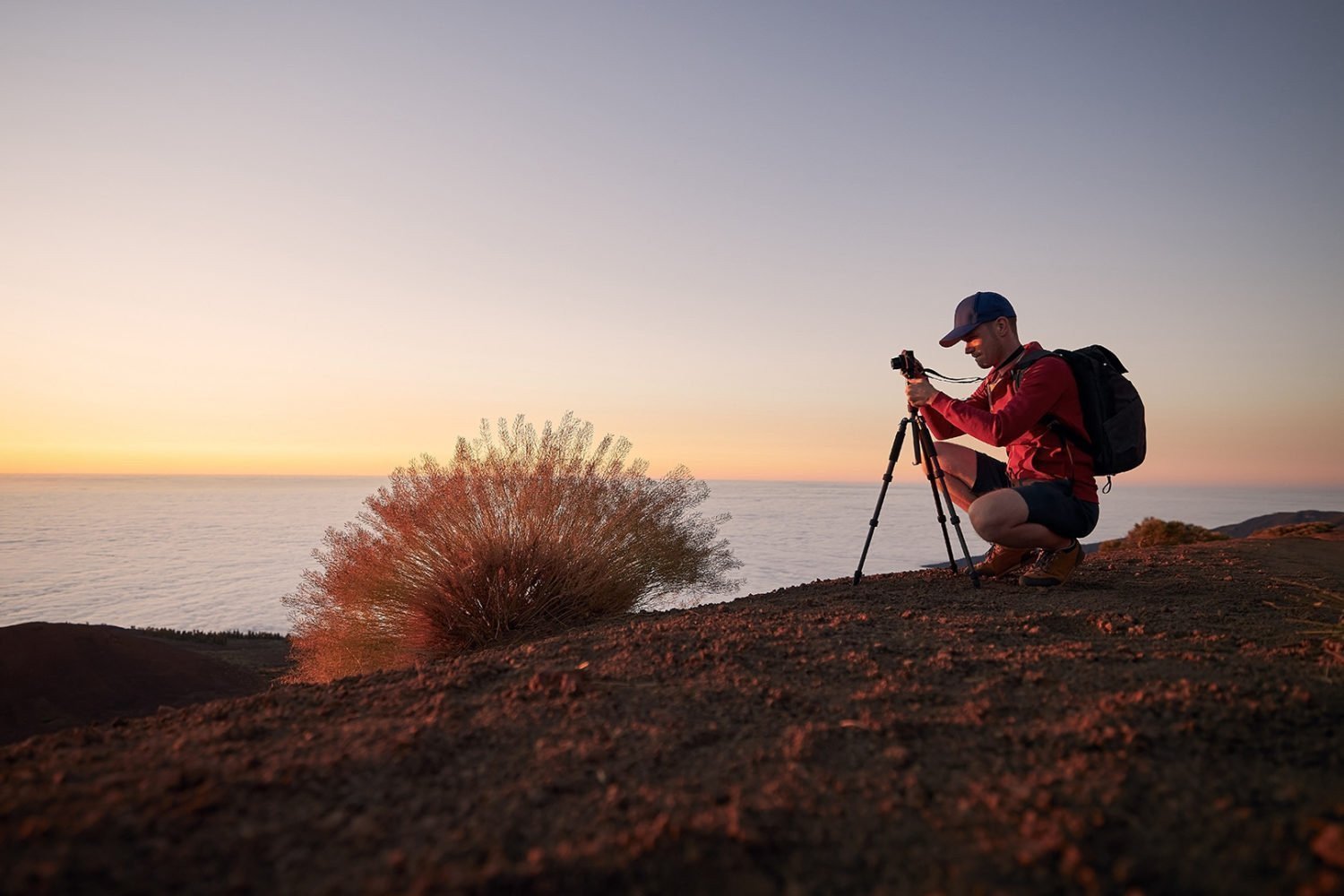The world is a book and for those who do not travel, they read only one page. The same can be said for photographers. As you traverse the world with your camera in tow, you experience a richness of colors, textures, and lighting that can elevate your craft to unimaginable heights. But the process of adapting your photography skills to different environments can be challenging. In this article, we will explore ways to navigate these challenges and ensure you capture stunning images wherever you roam.
1. Be Prepared
In travel photography, being prepared goes beyond having the right equipment. Research about the place you are visiting is critical. Learn about the culture, the people, the landscape, and important landmarks. Find out when golden hour is, when local events or festivals are taking place, and plan your photography schedule accordingly.
2. Packing Your Equipment
Space and weight are often limited when traveling, so you’ll need to be strategic about what gear you bring along. A versatile zoom lens can cover a variety of shooting situations, from wide-angle landscapes to close-up portraits. Pack a lightweight tripod for long exposure shots and don’t forget plenty of memory cards and extra batteries. A weatherproof bag can keep your gear safe from unexpected rain or dust.
3. Adapting to Light Conditions
Different geographic locations and weather conditions can present unique lighting scenarios. For example, equatorial locations often have harsh, overhead sunlight, while polar regions can have softer light for a more extended period. Learning to adapt to these different light conditions is crucial. Understand the behavior of light, practice shooting in various lighting conditions, and don’t shy away from using manual mode on your camera.
4. Embracing Local Culture
Travel photography is not just about capturing landscapes; it’s also about people and their cultures. Respect for local customs and traditions is vital. Always ask for permission before photographing people. Try to learn a few words in the local language. A simple greeting can often break the ice and lead to more authentic images.
5. Backup Your Photos
Traveling can be unpredictable, and the last thing you want is to lose your precious photographs due to a technical glitch or theft. Make a habit of backing up your photos at the end of each day. Portable hard drives, cloud storage, or even uploading them to a private online album can help ensure your images are safe.
6. Post-Processing
Post-processing is as much a part of photography as the actual shooting. Shooting in RAW gives you more leeway to correct exposure, white balance, and color saturation during post-processing. Use the downtime during your travels, such as airport layovers or rest days, to start the editing process.
The world is full of endless photographic opportunities. Each new place you visit provides a chance to refine your skills, learn something new, and see the world in a different light. So, pack your bags, charge your batteries, and set off on your next adventure. There’s a whole world out there waiting to be captured through your lens!


0 Comment